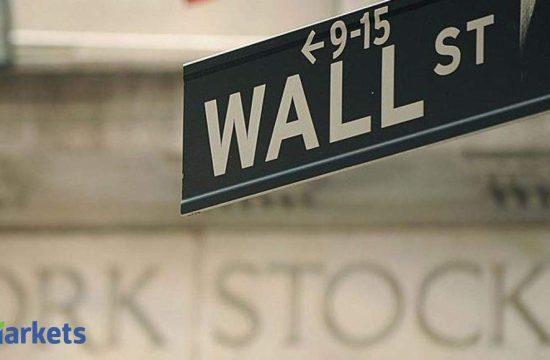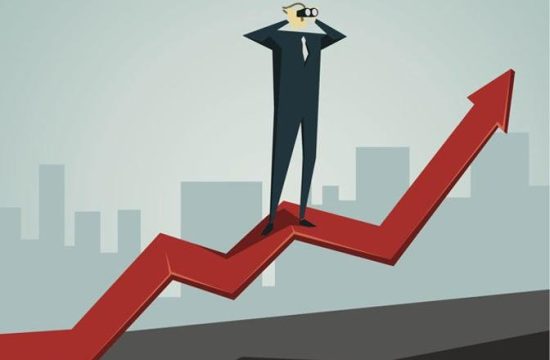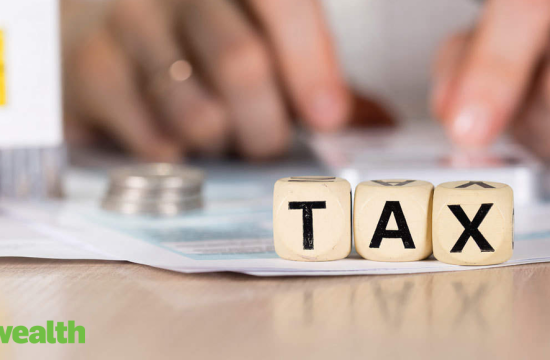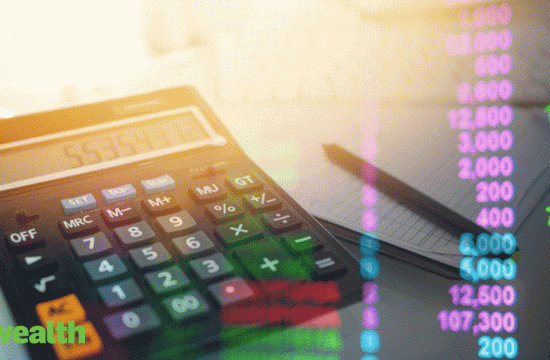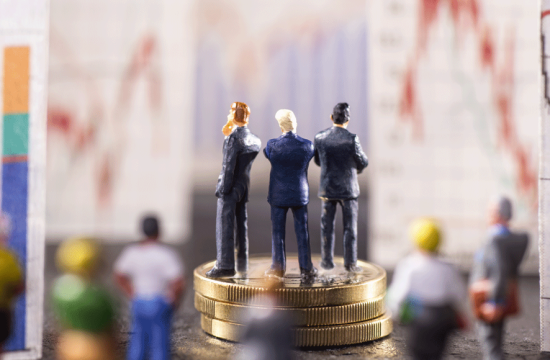
We are experiencing a perfect storm right now. Coronavirus is the kind of medical crisis not seen since 1919. It has created global upheaval not seen possibly since 1940s; and has caused a financial crisis not seen since 2008.
India’s response to the containment of Corona virus has been appreciated globally. In many ways, our measures are being considered as a benchmark. Now into the third round of lockdown, our challenge has been to restart the economy.
The impact of lockdown has been different across different sectors. Aviation, hospitality, entertainment, retail have been hit hard. On other hand, agri and agri-related sectors are seeing lesser impact. Demand is getting re-prioritised across the board. The resultant slowdown is likely to squeeze GDP.
Early calculations suggest a monthly loss of around $ 125 billion, assuming a 50% drop in economic activities. For the 45 days lock down, the loss in output could be $ 190 billion + cost of restarting economy.
Luckily, savings from low crude oil prices is likely to provide us a cushion of about $ 40-45 billion if oil prices persist at current low level. The trade deficit with China can be reduced by $ 20 billion by replacing made-in-China goods with made-in-India goods. The government will have to plan for a shortfall of around $ 130 billion, plus the cost of restarting economy after a 45-day lock down. FDI, plus monetary and fiscal stimulus must come in to fill this gap.
The good thing is India has a lot of underlying structural strength. For one, our forex reserve kitty provides a strong cushion. At that, we have low foreign borrowing as a percentage of GDP. Even our public debt ratio-to-GDP is not as high as other peers. And, the cost of borrowing too has come down. Altogether, this gives us sufficient policy headroom to conceive and execute a response to the crisis.
The US Fed Reserve and ECB have already come out aggressively. US Fed has built a war chest of $ 2 trillion to fight the economic fallout. The ECB also created a euro 750 billion fund to fight the fallout.
Globally, we are seeing liquidity easing and fiscal packages doled out to manage the stress. The opportunity India has is of filling into the shoes of China. Already, global textiles, lifestyle, leatherware industries are looking to move out of China. Now our capacity to cater and adapt will decide our benefit. Many Indian states are developing their policies to meet this opportunity. As per some reports, around 4.6 lakh hectares of land is being developed for industrial development.
Equity markets are likely to sway like pendulum to the news flow on medical solution for coronavirus and fiscal and monetary stimulus. While there are early signs of a breakthrough in drugs as well as vaccine for coronavirus, we must prepare for the possibility that vaccine/treatment may come late. Or, we may have to learn to live with this new virus. If we get a vaccine soon with an appropriate fiscal and monetary stimulus, then we may see a V-shaped recovery. Else, if the vaccine news comes later and stimulus is lower than needed, we can see an L-shaped economic recovery.
Selling by FPIs and liquidation of leveraged positions led to a sharp correction in domestic equities in March 2020. The market cap-to-GDP ratio fell to 47 per cent of GDP at 7,600 Nifty level before bouncing back to 54% currently.
Nifty price to book value currently stands at 20% lower than its long-term average. Nearly 360 companies (out of the top 1,000 NSE-listed companies) are trading at less than P/b of 1.
This allows long-term investors to buy good companies at attractive prices. There is anticipation of buying coming back soon. For one, the FTSE and MSCI indices are likely to see a rejig. Due to this, the index-tracking FIIs are expected to invest between $ 3-8 billion by August 2020.
We believe it is time to be cautiously overweight on equities. Economic activity may pick-up pace in days ahead. Market history with SARs, Bird flu, etc suggests that market has bounced back sharply after epidemics have receded. Hopefully, this time too we shall see the same.
Investor may invest half of their incremental investment in a staggered manner in a falling market when it is in fear mode due to uncertainty of virus. The other half should be invested when the market is in hope mode with emergence of medical solution.
Gold as an investment opportunity too looks attractive in the current market. Very recently, in February 2002, we had given a call to invest in gold. That call has gone right in current scenario. We continue to believe with low interest rates and high liquidity, gold is likely to perform well. Gold ETFs/gold FoFs may be an avenue through which gold can be invested into.
On the debt side, a mutual fund peer froze some of their schemes. This has caused panic and uncertainty in many distributors and investors. But here is the time to set aside the emotions clouding our judgement. The market flushed with liquidity (Rs 7 lakh crore) is providing very attractive investment opportunities for investors.
We have for long believed that ‘return of capital’ is more important than ‘return on capital’. Thus, despite high risk mandates in various categories, we have been running good quality portfolios within the ambit of that regulation. Strong promoters, cash flow-backed businesses, liquidity and asset security have been key to our investment ideas.
The current market is offering attractive risk-return ratio in high quality companies. Our incremental investment is happening into these high quality companies. Thus, our portfolio quality may only further improve going ahead.
Our conduct in 2008, 2013 and 2018 clearly displayed that we keep investors first. Our conservative DNA and our transparent and constant communication is aimed at gaining and maintaining that confidence.
Please stay safe and stay invested


